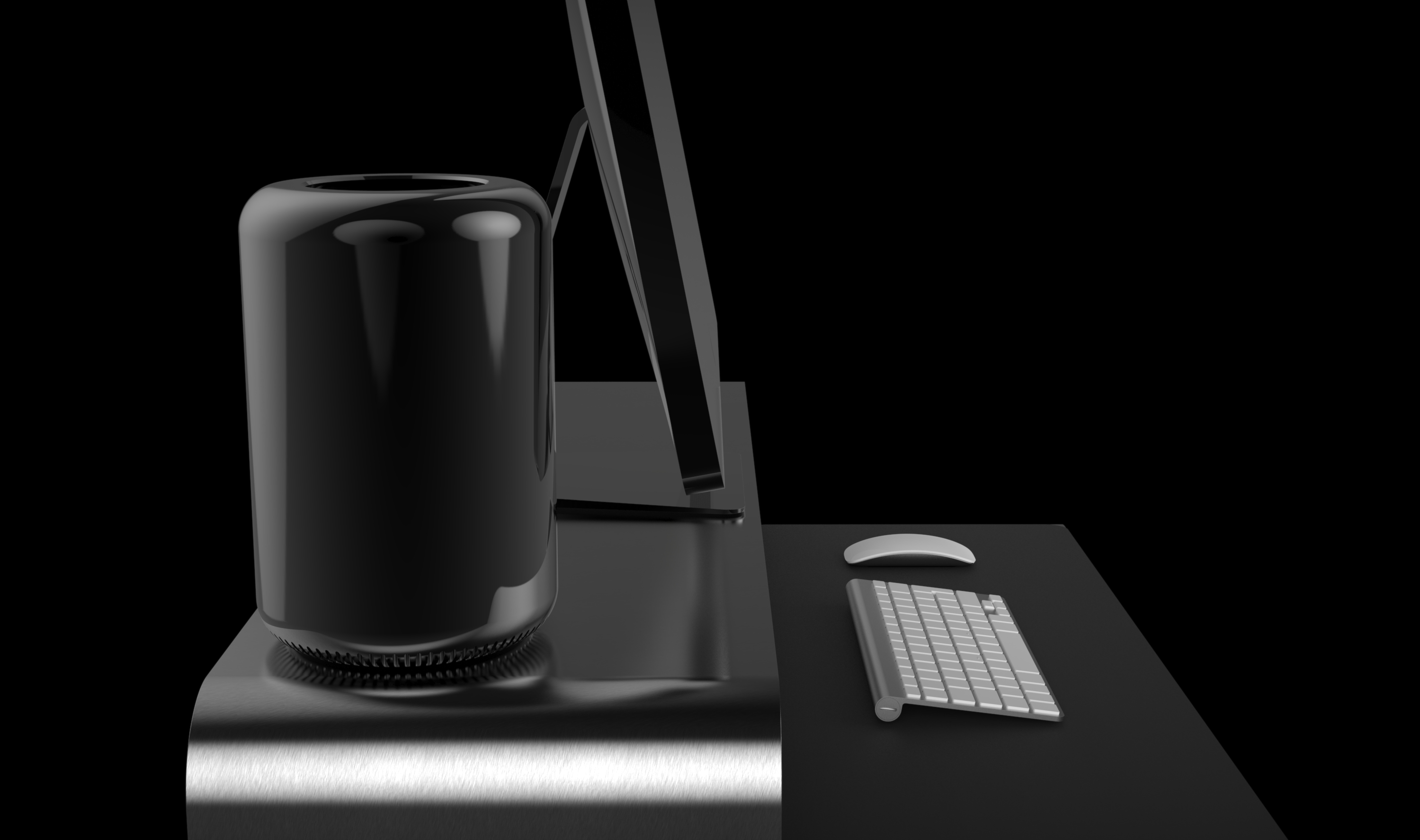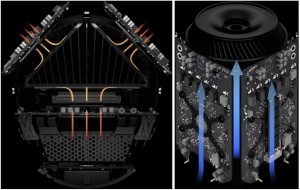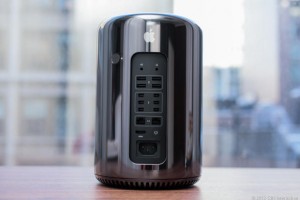
Phishing Emails: How to Avoid Phishing Scams
February 12, 2014
The End of Windows XP: What it means to you
March 13, 2014It can be said that Apple hasn’t innovated in years, and we at the Nerds would be hard-pressed to argue with that sentiment. While they’ve made some major software revisions and a new Mac or iOS hardware concept here or there in the past few years, in general it’s been pretty stagnant on the Apple-Wow front. The new Mac Pro looked like a step back in the right direction, and after having some face time with the new Mac, I can say that is indeed the case.
The Mac Pro is unique in many respects for any computer and more so for a pro-level workstation. To begin with, the design of the case itself foregoes decades of design ethos by shying away from the rectangular, boxy shape of traditional towers, adopting a cylindrical shape. This change of shape is far more functional, however, and isn’t just Apple being different to say they can be; the entire computer consists of three plates of circuitry and components formed together to make a triangle in the cylinder, thus leaving a massive heat sink in the center of the computer the helps the massive fan pull hot air directly out of the machine. From first-hand experience with a new Mac Pro that had literally been running non-stop for over three weeks, I can say that the design decision is a marked triumph; placing my hand over the exhaust at the top of the Mac, there wasn’t a single hint of hot air (which is one of the worst enemies for a high-end workstation that spends hours on every day).
The shape of the new Mac Pro isn’t the only departure for a workstation, as the new Apple computer places a heavy emphasis on external support (such as external hard drives and media readers). Typically, a workstation is a behemoth of a computer with plenty of slots on the motherboard for upgradeable RAM, extra hard drives, and graphics cards. The new Mac Pro still features some of that upgradeability with all of the aforementioned components being replaceable and upgradeable, however Apple’s focus is on expandability from an external perspective, thus providing users with very little internal storage to begin with. The reasoning behind this is that Apple believes pros already use loads of external storage and accessories that are often more portable, and cheaper to use than upgrading the internal storage of a machine; for the most part, they’re right. So Apple provides a myriad of ports to aid the professionals of today and tomorrow in that goal of portable expandability with four USB 3.0 ports, an HDMI 4K port, optical in and out audio, dual gigabit ethernet ports, and a whopping six Thunderbolt 2 ports. Thunderbolt 2 is the recent upgrade to the previous industry-leading, multifunctional data transfer standard that now supports up to 20 Gb/s transfer speed for six devices in each port; that means up to 36 devices can be used simultaneously with the Thunderbolt ports, six of which can be 4K displays.
All of this innovation and power is meaningless for the every day professional if the entry cost is too much to bear, however, and that’s another point at which Apple has surprised. The new Mac Pro starts out at $2,999 which is no small chunk of change, but that cost comes with Dual Firepro D300 graphics cards, 12 GB RAM, a Quad-Core Intel Xeon CPU, and 256 GB of the fastest solid-state storage currently available for consumers on the planet. The initial impression may be that the quad-core CPU and 12 GB RAM aren’t anything to be excited about, however this is the base model in an extremely customizable Mac family. More-so, the cost is actually less than competitors currently for comparable hardware as many journalists, and we at the Nerds, have discovered. Slashgear’s review of the machine for example states that HP’s Z620, a semi-comparable HP workstation costs “over $2,200 more than Apple is charging, for less graphics performance and none of the Thunderbolt 2 connectivity the Mac Pro offers”. That’s a rather startling deviation from the stigma that Apple machines are always more expensive than their Windows-counterparts.
Ultimately, there’s very little that can be said against the new Mac Pro except that the machine is simply not for everyone. This Mac is geared specifically, and only, to the professionals of the computing world as its price tag, power, and expandability are simply overkill for the vast majority of computer users, even those that may consider themselves high-end users. The simple truth is that for those Mac users, a 27″ iMac would suit them far better with its much lower price tag, built-in screen, and top-tier performance. That’s not to say the Mac Pro isn’t still an amazing engineering feat or that it doesn’t do a remarkable job for those that would be able to utilize the power, because it achieves both with flying colors and despite being a few years late to the party, there are some innovations that we’ll surely see bleed over to the Windows world of PCs.







1 Comment
Daniel, this is the best article on the new Mac Pro I’ve seen! I can tell you love high-end machines and the engineering behind them. I really wasn’t even considering a Mac Pro until I read this post…now, I REALLY have to have one! ~Leo